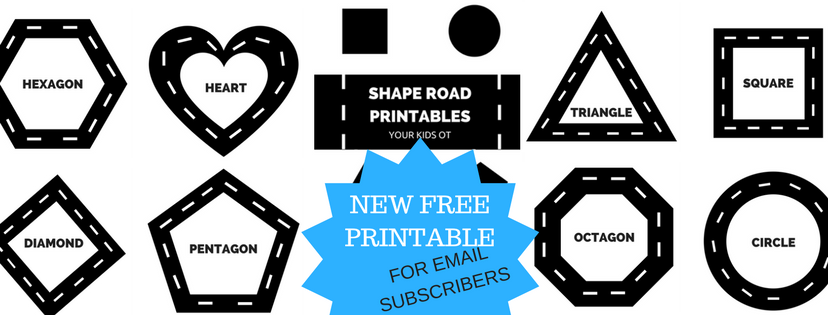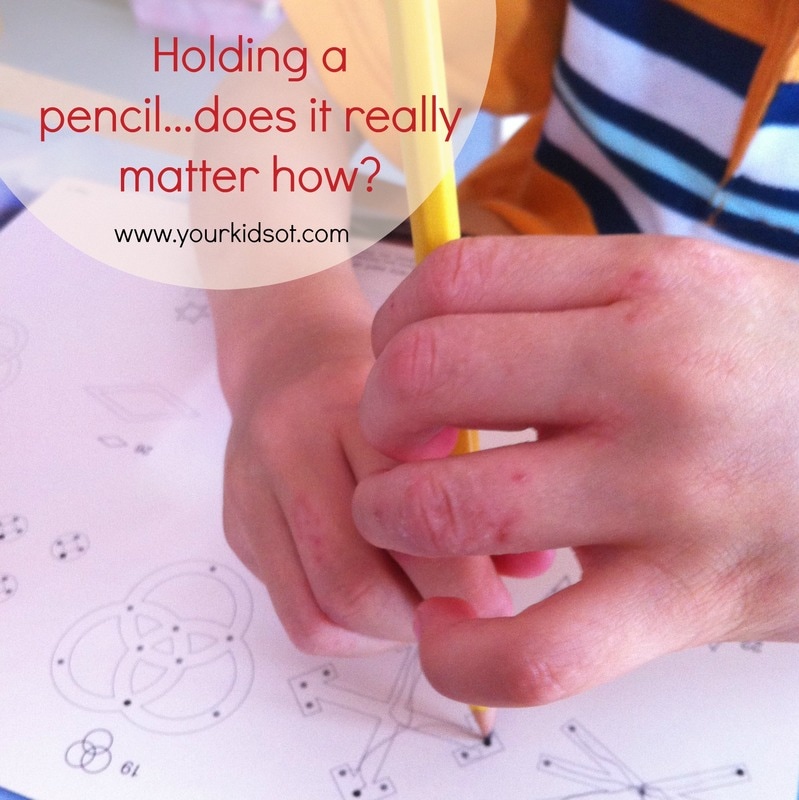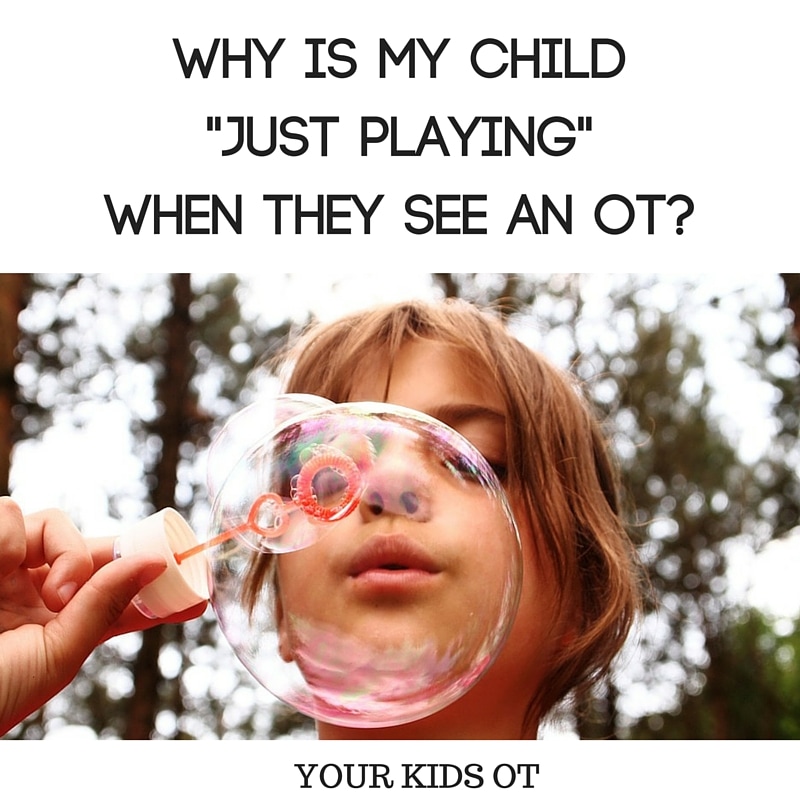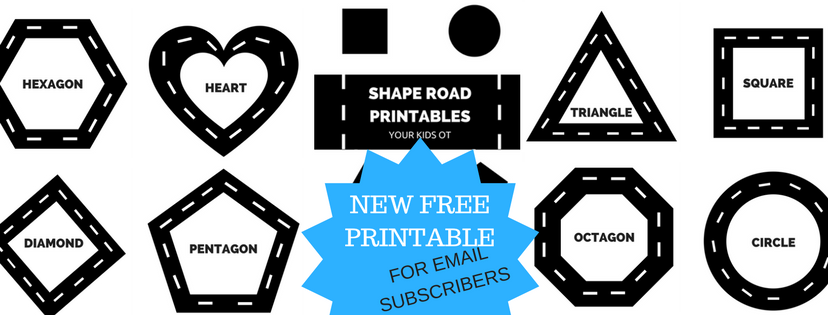|
Scissor Skills, what is the point? Why bother?
Have you been receiving my emails about THE SCISSOR SKILLS BOOK and being wondering, why even teach kids to cut? Some children love creating and experimenting. They love picking up scissors and cut anything they can get their hands on. They love craft and collages. And yet... There are some children who may have scissors presented to them at home, in their child care setting or at school... and yet never choose to pick those scissors up and try them! Just an aside... did you ever sit in algebra class in school and wonder "what is the point of this?" or may be for you it was studying Shakespeare or reading Jane Austen (although our friendship will be tested if you say this is you), for others it is sport... What is the point? Why bother? I'm all about practical! What is the point of using scissors? Why both teaching scissor skills? It is so beneficial when teaching a skill, to show the practical ways that these skills may be used. How can this skill be applied to everyday life? What is the point? What is the purpose? Why? 10 Practical Ways to Teach Scissor Skills to Kids! 1. By example! For children, it is important for them to see YOU using scissors! They may watch you cutting up a BBQ chicken, cutting up material for sewing, cutting a string to tie a package, cutting/pruning the garden, cutting a pizza into slices, cutting nails with nail scissors, cutting flowers to put into a vase... and the list goes on.
Now over to the kids to try their hand at using scissors for themselves in every day activities.
2. Use scissors to open packaging. Open packaging for cookies, crisps, candy, new pyjamas, envelopes or a new game. 3. Use scissors to gift wrap. Involve your child in gift wrapping for all those birthday parties they are invited to. Involve them in choosing the wrap, ribbon, tissue paper or cellophane. Have them manipulate the scissors to cut the paper. Draw a line for them to cut and fold the paper at the same point. Early scissor users can do the "snip" required to cut ribbon/string. 4. Use scissors to cut off price tags or clothing tags from new purchases. An easy "snip" to cut off these tags. They will be motivated especially if the new item is for them, however it is also great when the new item is a gift which is then wrapped for a friend or family member. 5. Use scissors to cut larger paper so you can make note paper. You could turn this into a game of "postman" by making simple cardboard "post boxes" for members of the family. Have your child cut large paper into pieces depending on their ability. You could start with a snip off a long strip or fold the paper to create "shapes" such a large triangle. Alternatively the note paper could be used to write down a shopping list or things to do list for your child. 6. Use scissors to cut wax or grease proof paper from a roll to wrap a sandwich. Have your child help to cut kitchen paper and them wrap their sandwich or roll. 7. Use scissors to cut sticky or masking tape. Leave the dispenser aside and have your child make the "snip" to cut sticky tape or masking tape. 8. Use scissors to cut out a clipping from a magazine or newspaper so it can be kept. You could find things of interest to your child (eg. they might love dogs) or you might pick a theme like colours, shapes, textures to find and cut out. Depending on your child's ability, you may want to draw a shape around the image for cutting. You could also cut out interesting "letters" from the newspaper to spell out words or names! 9. Use scissors to cut up old receipts (or paper grocery bags). Put the "shredder" aside and have your kids help to "cut up" old receipts or documents! There is no "right" or "wrong" with this sort of "cutting"! Place all the "cuttings" in the recycling bin or use the cuttings to make a sensory bin (slowly adding it each time there is "cutting practise") where you can hide objects to find. 10. Use scissors to cut out "coupons". Some households cut out and collect "coupons" more than others. Even if you are not one who would normally cut out coupons, this is an excellent way to encourage scissors skills in a practical way. Coupons are usually rectangular or square in shape (not always) so they are the perfect shapes to work on manipulation of the page (turning). Using scissors is a complex skill that we take for granted as adults. Would your child be more "engaged" with learning how to use scissors when shown how they are used in a practical context?
Next week, we look at how to help children who have difficulty with their "pencil pressure" when they are writing!
I hope you join me again!
Disclosure: Affiliate links are included in this article to promote products that I recommend. This means that if you follow through with a purchase from these links, Your Kids OT will receive a percentage of the sale. Reviews and endorsements of products will only be made based on my expertise and personal opinion; and deemed worthy of such endorsement. The opinions shared in sponsored content will always be my own and not that of the advertising company or brand.
You may also like:
Ever have an arm wrestle? or pulled in a "tug of war"? or have you tried indoor rock climbing?
These activities all require a significant amount of upper body, hand and finger strength. We might not all win arm wrestles ... but we all require adequate strength in our arms, hands and fingers to perform daily activities. Children need adequate hand and finger strength to carry out their daily "jobs" such as writing, using scissors, doing up buttons and using a knife and fork. When muscles in the hands are strong, children can hold tools for longer and use them more efficiently. If a child has weak hand muscles they may tire quickly (giving up) or swap hands (to give the other hand a turn). In using scissors, they may have difficulty opening and closing their hand adequately to cut the page or drive their scissors forward. In using a knife and fork, children with weak hand muscles may not be able to apply adequate pressure to stabilize or cut the food properly. In handwriting, children with weak hand muscles may have difficulty applying pressure to their pencils or they may not be able to write as much as others. Some children may have poor hand and finger strength due to low muscle tone, developmental delay or a neurological condition. There are sometimes no known cause for a child's hand weakness, however medical advice should be sought if you are concerned. Activities which help with the development of strength involve some weight bearing or resistance. They involve pushing or pulling and may also be considered "heavy work" when looking at a sensory diet. Read more about sensory diets here. You could try the following activities to encourage the development of strength! Upper Body Strength and Stability(hands, arms and shoulders).
Hand and Finger (Pinch) Grip Strength
For even more suggestions for building hand strength read more pincer grip ideas here! Read about heavy work for little fingers HERE!
These hand strengthening activities are a great way to get hands ready for handwriting, scissor skills and more!
Does your child struggle with the strength needed to carry out daily "jobs"? Are they constantly "swapping hands"? What is your favourite way to help develop hand strength?
Disclosure: Affiliate links are included in this article to promote products that I recommend. This means that if you follow through with a purchase from these links, Your Kids OT will receive a percentage of the sale. Reviews and endorsements of products will only be made based on my expertise and personal opinion; and deemed worthy of such endorsement. The opinions shared in sponsored content will always be my own and not that of the advertising company or brand.
You may also like: Parents, do you remember placing your finger into the palm of your baby's hand? They sweetly wrap their fingers around your finger and you go "awww, their holding me!" This first "grasp" pattern seen in babies at birth is a primitive "grasp reflex". It only lasts for about four months, however it prepares babies for voluntary grasp and release patterns. Grasp and release patterns are an important part of early child development. At about four months, babies are reaching for objects with a momentary grasp and by about nine months babies are learning to release objects voluntarily (Parks, 1996). Coordinated grasp and release skills (and therefore the opening and closing action of your child's hand) are important for the development of scissor skills. Children need to be able to hold scissors and guide them to open and close as they cut across paper.
You can use the following activities to encourage children with "opening and closing hands".
Parks, S. (1996). HELP strands: curriculum-based developmental assessment: birth to three years. Palo Alto, CA: VORT Corp.
You may also like:
Cutting, laminating, photo copying, lesson planning .... do you do your preparation in the school holidays?
Teachers and OTs (or an other therapists for that matter)... we have a problem! We never quite "switch off"! We are always looking or listening out for a great idea that we can implement with the kids we see. Even on holidays... I notice ramps and think about access, I notice toys in shops and think how I could use that or I watch kids play and guess how old they are! Yep, I have a problem! Last year we were quarantined at home during one school holidays due to illness (gastro from memory). To make the most of this time, I made these scissor skills busy boxes! I knew that they would come in handy once the illness had passed and I was back at work! These boxes are perfect for home, preschool or in an OT tool kit! Yes they take a little while to set up but they are worth it! I sourced theseplastic boxes years ago from IKEA Australia and love that they have little compartments which can be adjusted in size. They also have a lid making them ideal to move around from place to place! I set up two types of boxes but you could use a combination of craft and cutting strips. The cutting strips were made from scrapbooking paper. This is a little thicker than normal writing paper and easier for little hands to hold and to cut (as it doesn't flop around as much and require too much stability with the non-dominant hand). In the cutting strip box, I wanted to have a range of developmental stages including shorter strips, thicker lines, thinner lines, curves, straight lines, corners and more! Read more about developmental stages over at MamaOT. If you are making this box for home, you may want to consider where your child is at developmentally before starting!
A craft box is a great way to encourage those who are just starting out with scissors! Present a range of things to cut such as straws, crepe paper, wrapping paper, tissue paper, wool, ribbon, twine, tinsel, etc! Encourage your child's creativity with some glue to stick down all the things they cut!
These scissor skills busy boxes will appeal to your child if they already interested in cutting or they love experimenting with craft supplies! However, there are some children who are just...not..interested...in...cutting! These are the kids who are referred to OTs because of poor fine motor skills, poor hand strength and poor postural control. Sometimes these children have difficulty with cutting because they have not yet established a hand preference or have poor bilateral coordination (see here for more information). Here are some tips for using the scissor skills busy boxes!
Please tell me that I'm not the only one who has trouble "switching off"! Perhaps this is a subconscious reason I started this blog, so that I could record ideas and observations!
Have you got a "busy box" for scissor skill practice? What have you included in your box?
|
AuthorHi, I'm Cindy and I am an Occupational Therapist. I enjoy working creatively with children to see them reach their potential. Read more about me here. SEARCH THIS SITE
Archives
June 2024
Categories
All
Popular Posts |
Join the YKOT e-newsletter!
Subscribe to get our latest content by email and receive
the SHAPE ROADS PRINTABLE NOW!

Success! Now check your email to confirm your subscription and receive your free printable!
Join our Mailing List!
Subscribe to get our latest content by email and receive
the SHAPE ROADS PRINTABLE NOW as a thankyou!

Success! Now check your email to confirm your subscription and receive your free printable!
Disclaimer: The information on this site is general in nature and should be used for educational and entertainment purposes. The activities are safe for most children, however, you should consult an Occupational Therapist or health professional to address specific movement, sensory or other medical conditions. This blog does not replace formal therapeutic professional advice given by a health professional or medical practitioner. Reviews and endorsements of products will only be made based on my expertise and personal opinion; and deemed worthy of such endorsement. The opinions shared in sponsored content will always be my own and not that of the advertising company or brand. Content, advertising space or posts will be clearly identified if paid, affiliated or sponsored. Affiliate links may be found throughout this website in advertising. This means that if you follow through with a purchase from these links, Your Kids OT will receive a percentage of the sale. Your Kids OT undertakes to meet the requirements of the "Social Media Policy" as published by Australian Health Practitioner Regulation Agency (AHPRA). Further information about this policy can be found here.
Find meFollow me |
About me
AuthorHi, I'm Cindy and I am an Occupational Therapist. I enjoy working creatively with children to see them reach their potential. Read more about me here. |
Copyright © 2017 Your Kid OT

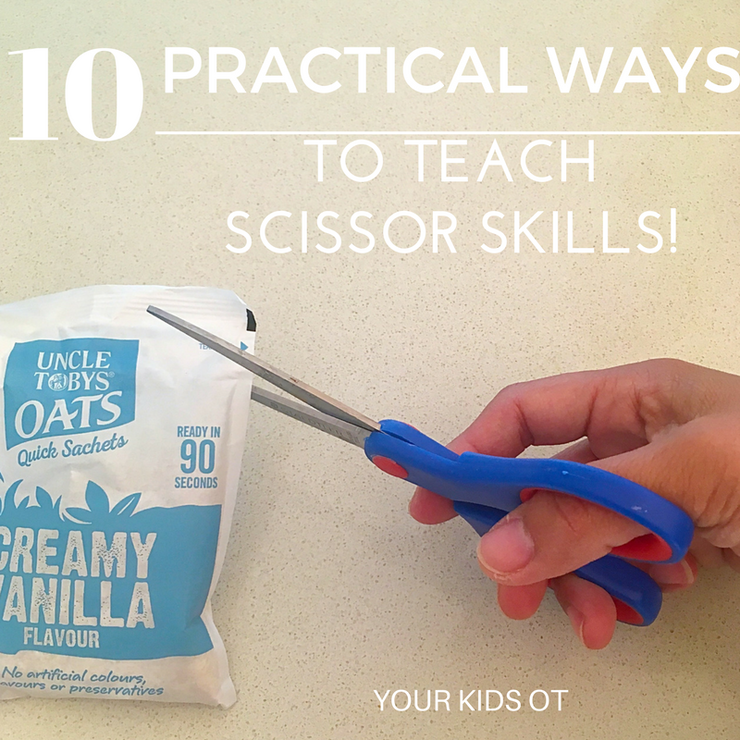
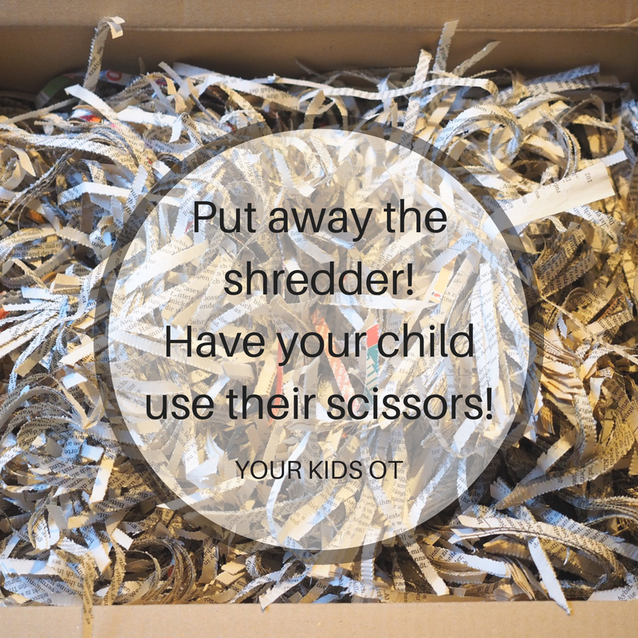


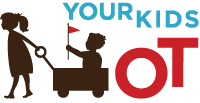

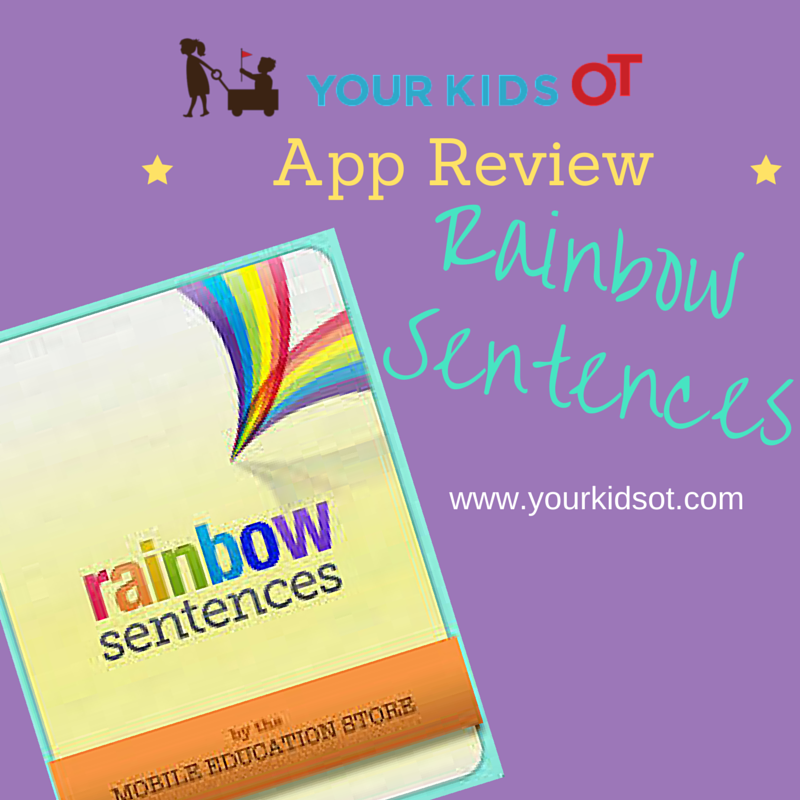
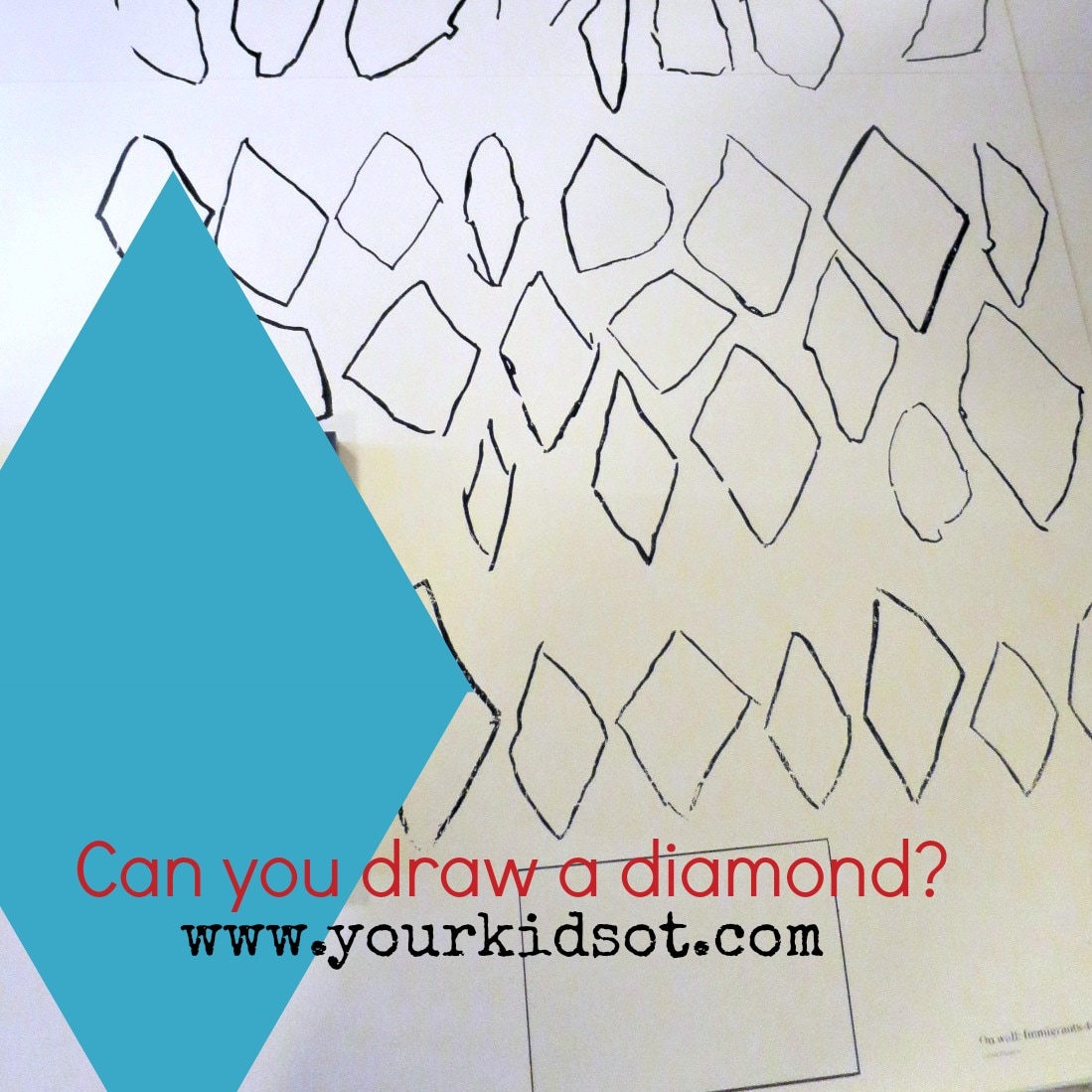
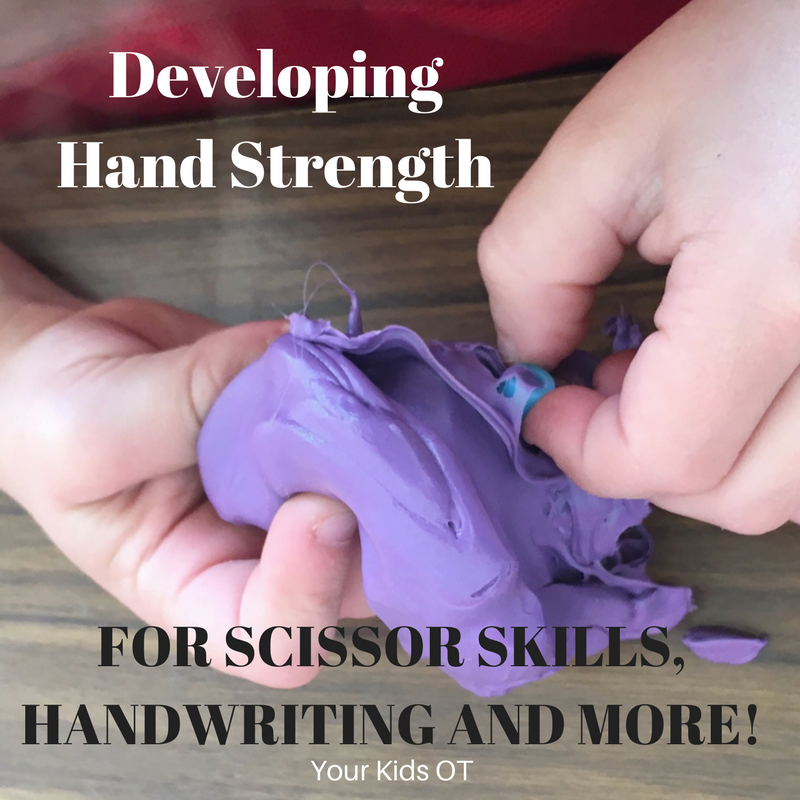
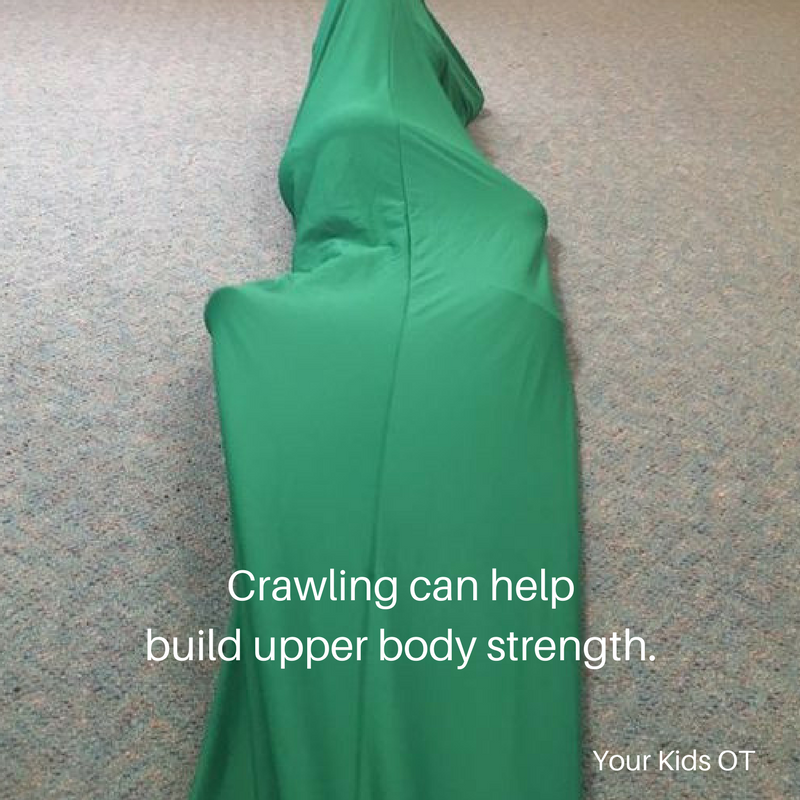
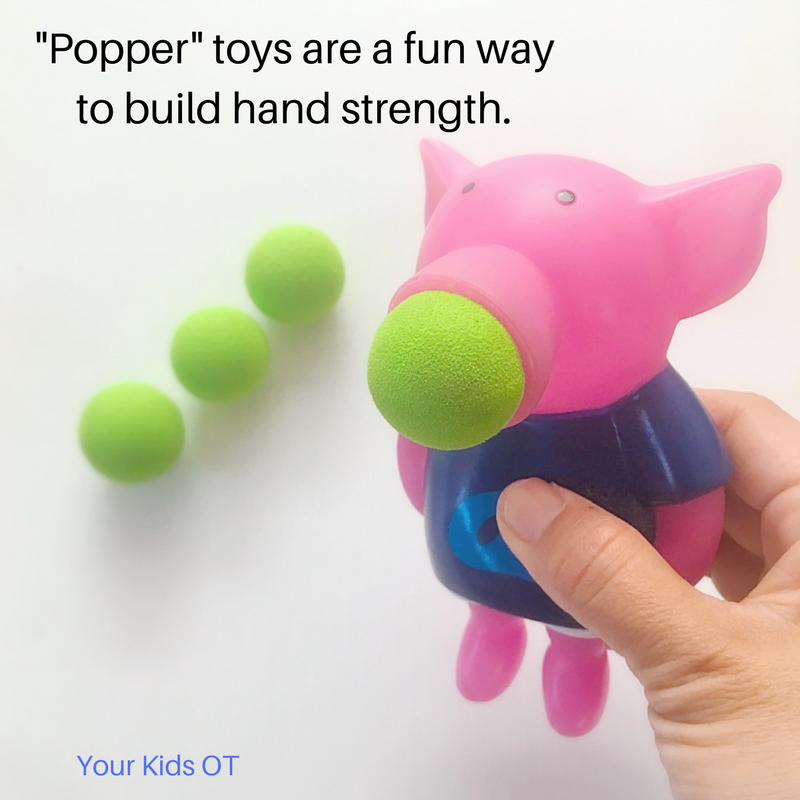

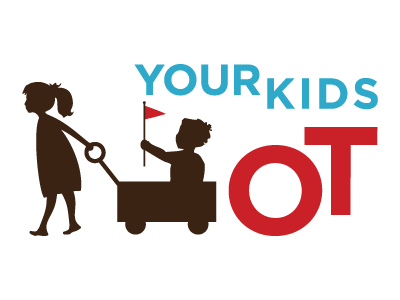
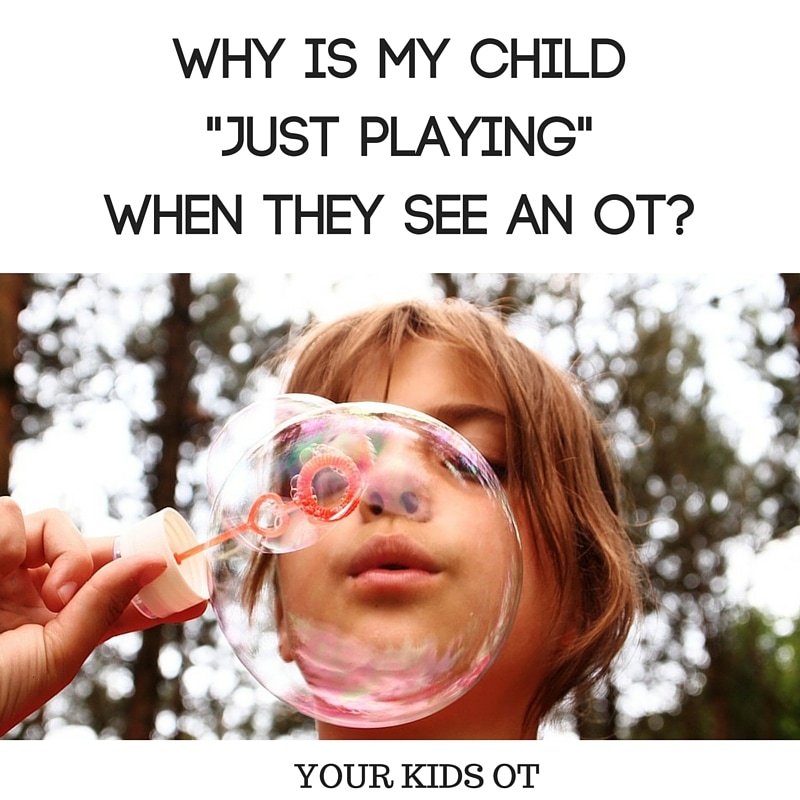
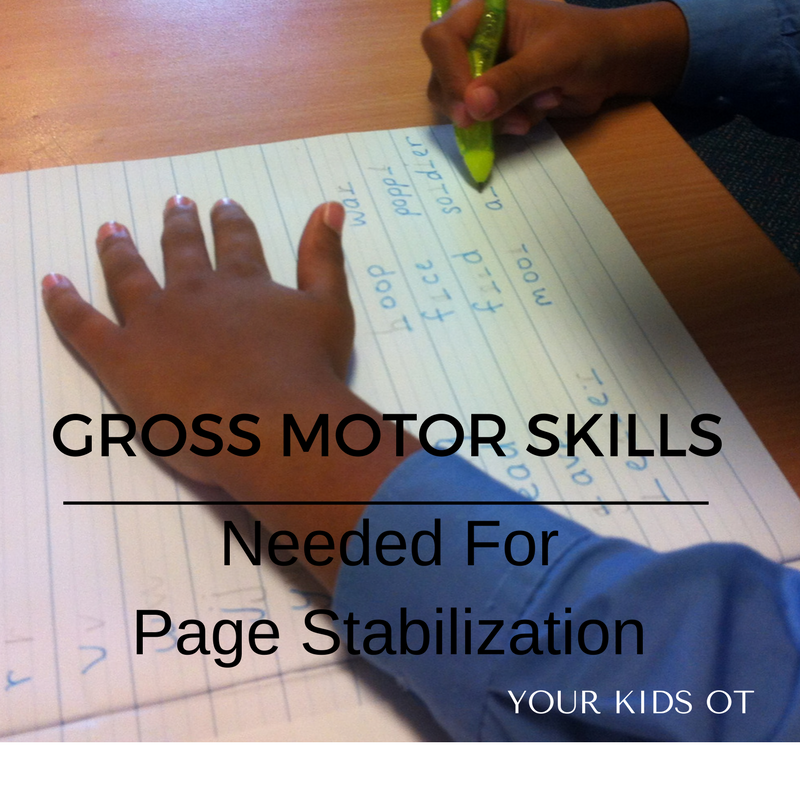
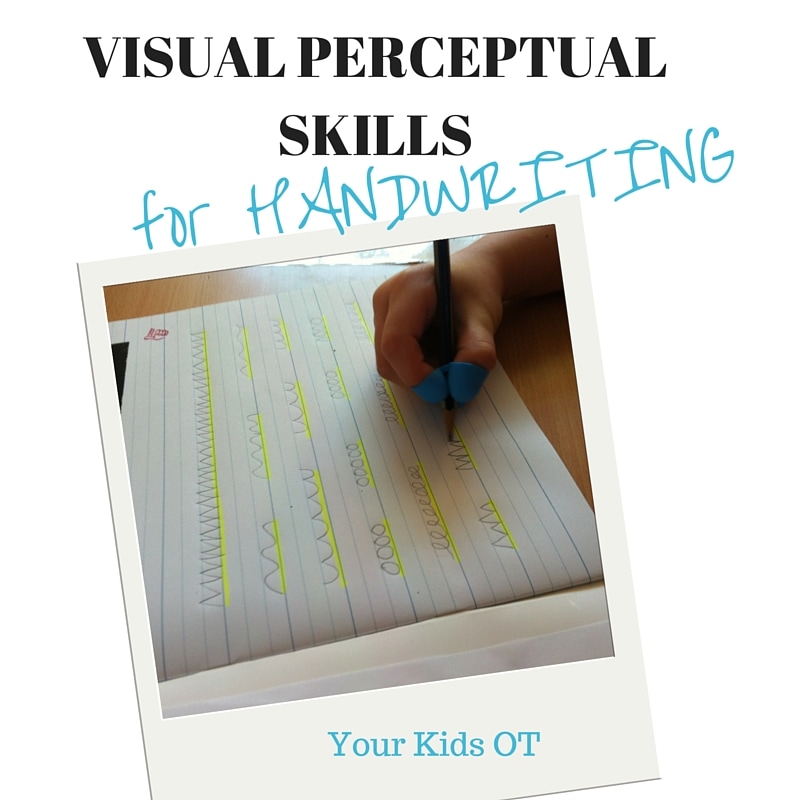
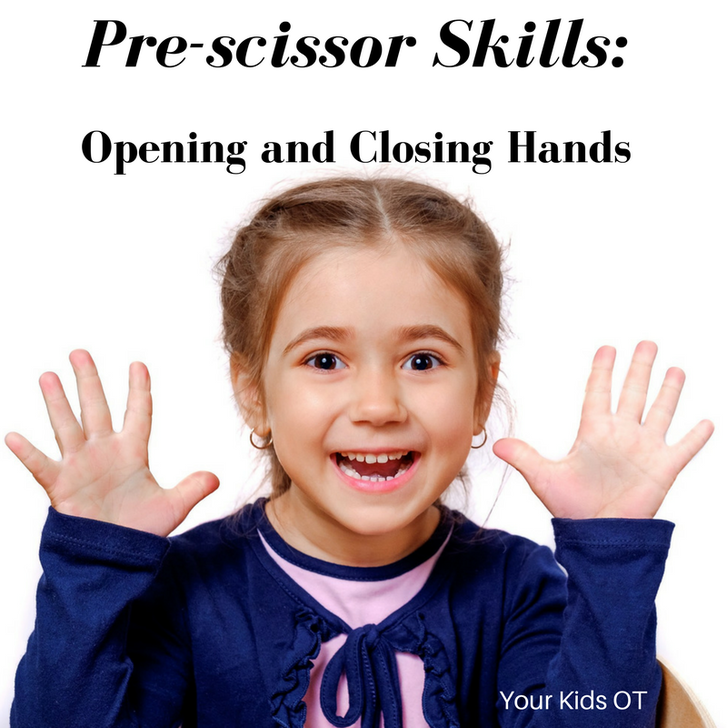
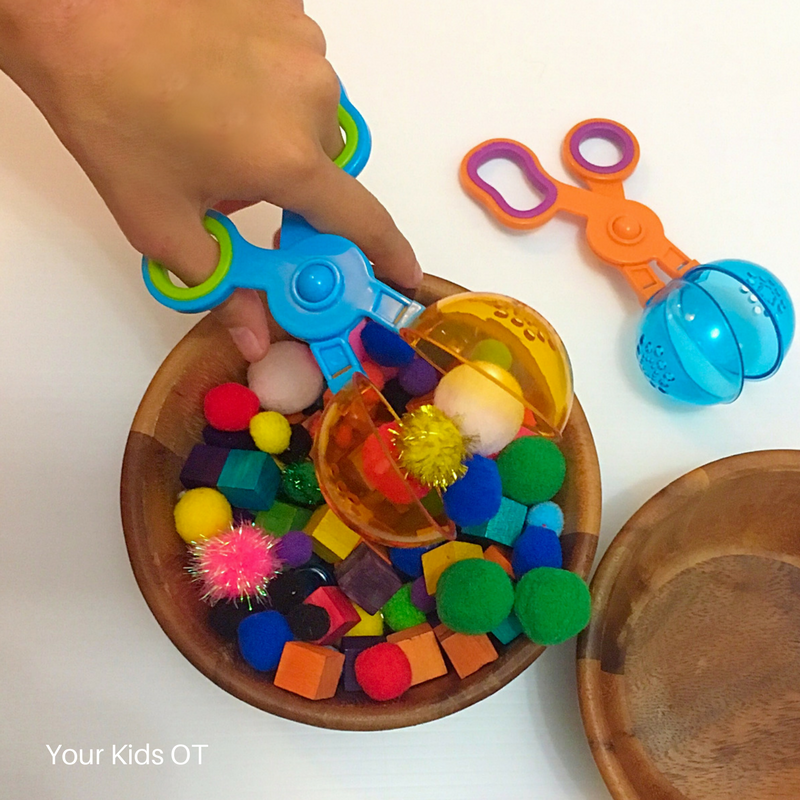


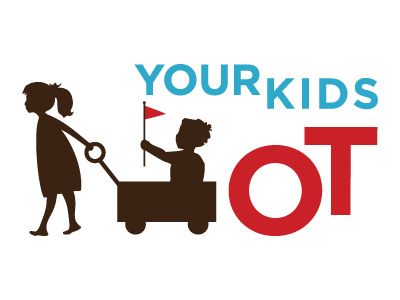
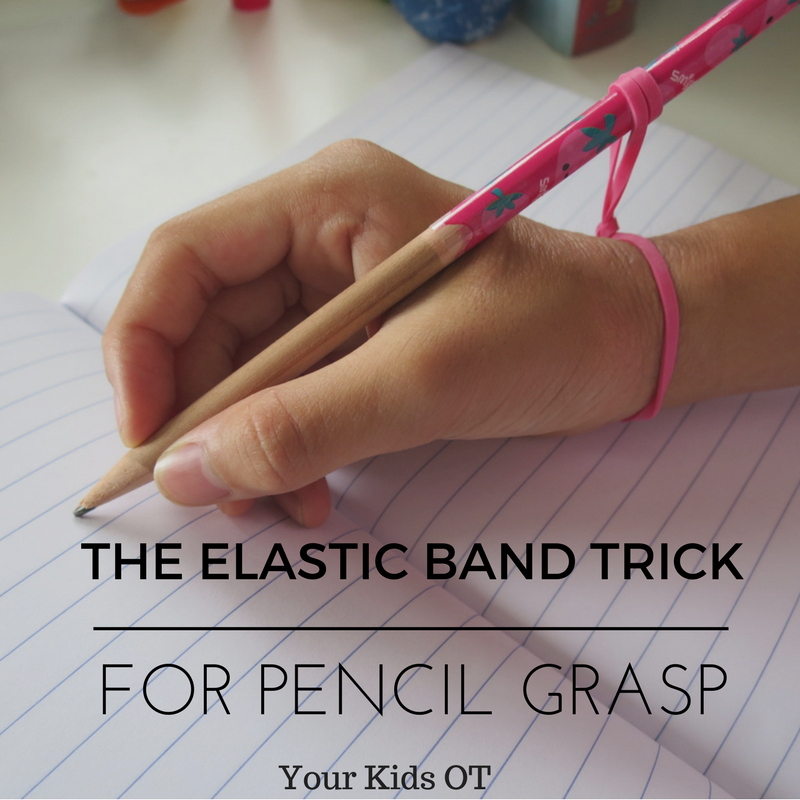
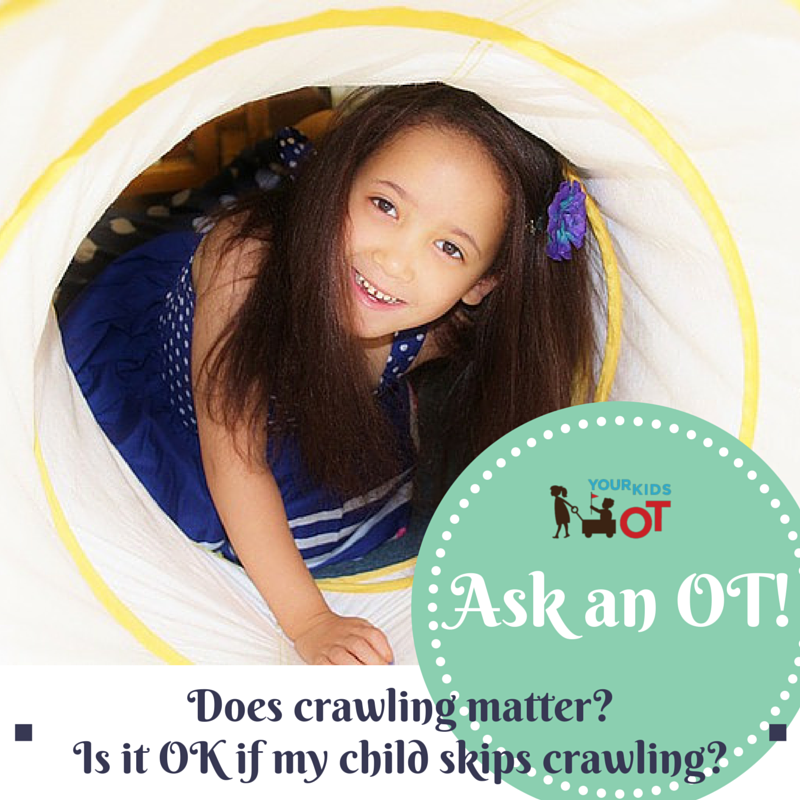
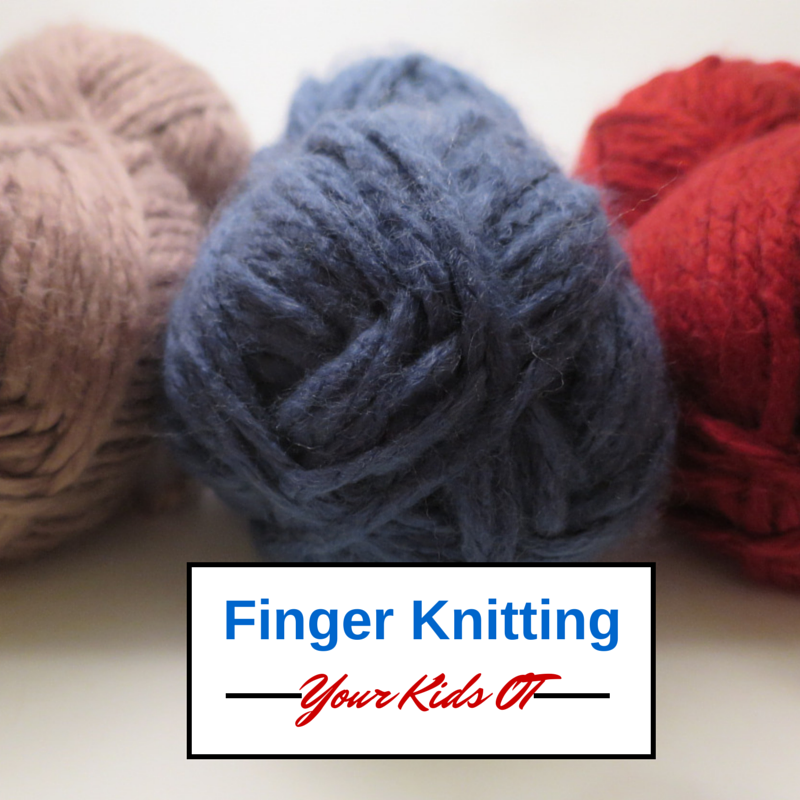
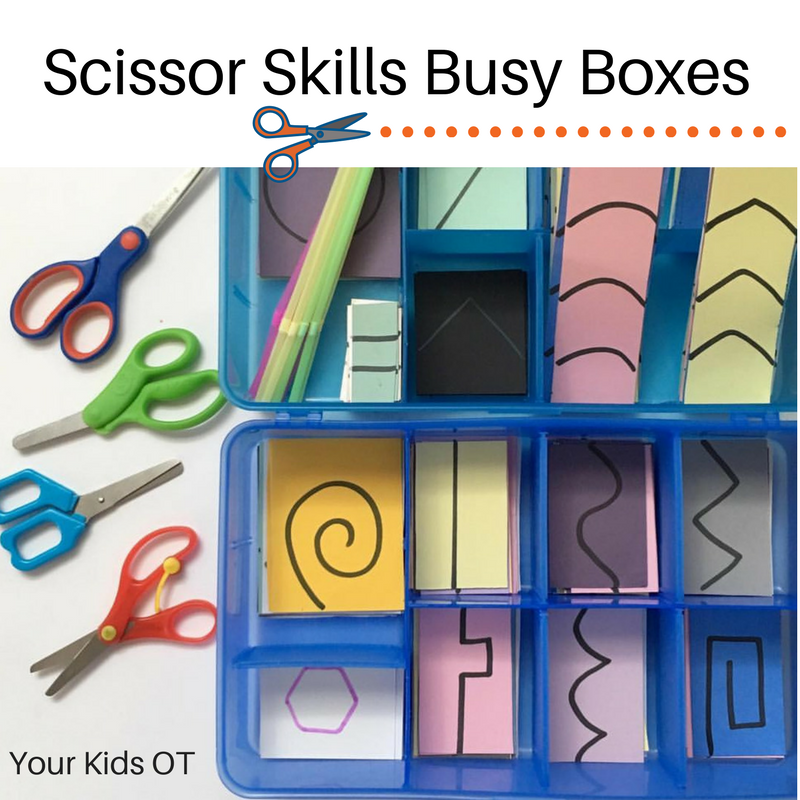
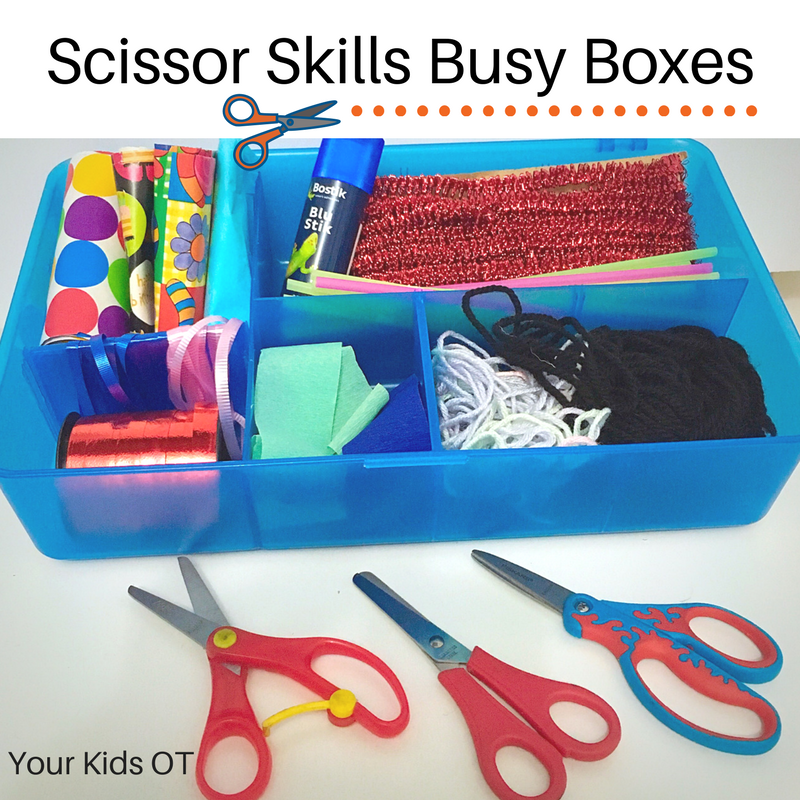
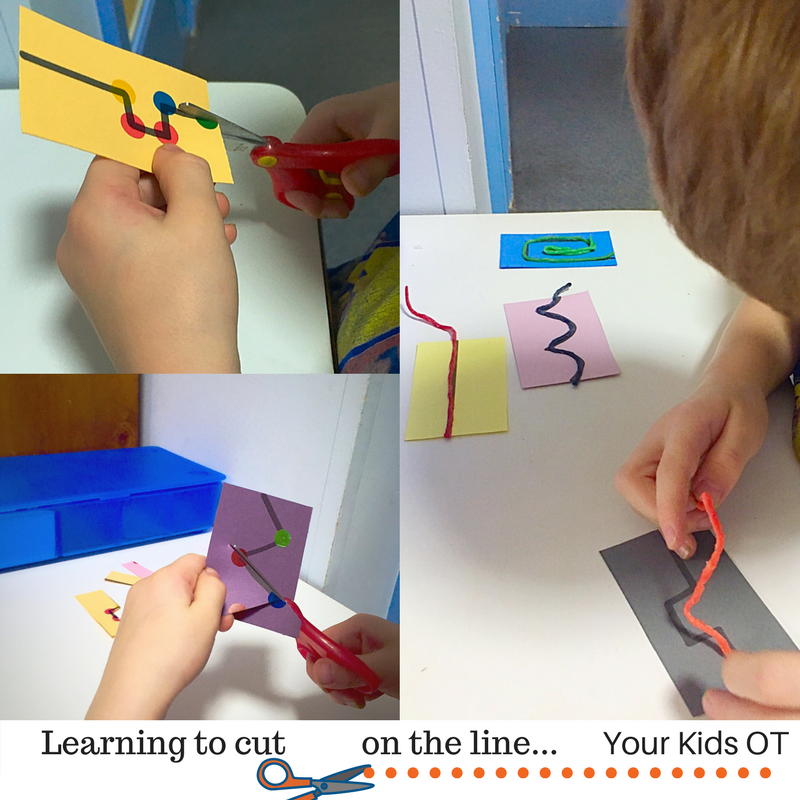
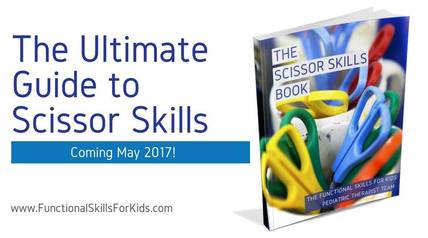

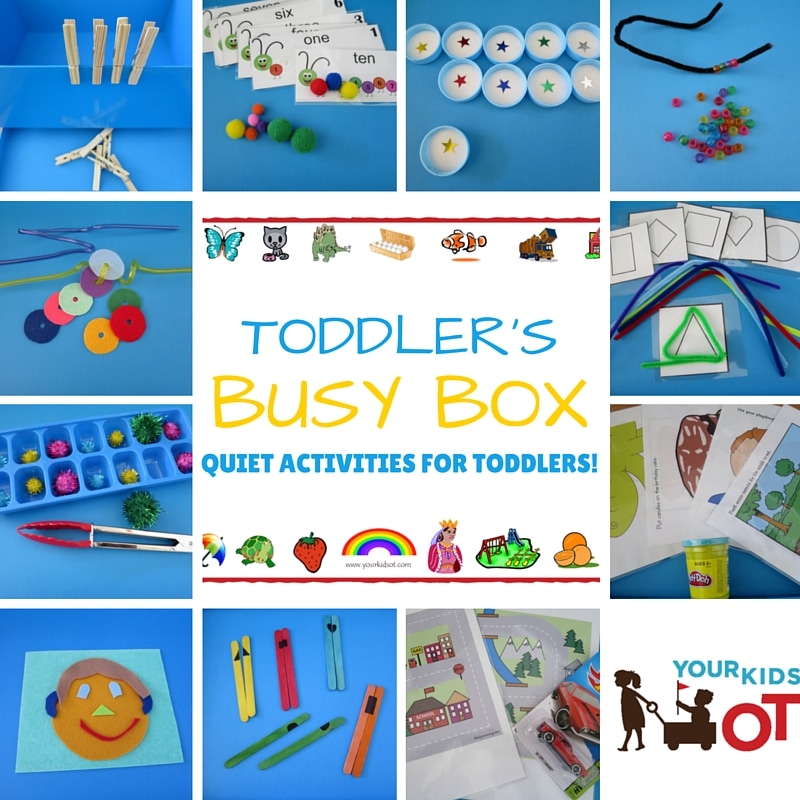

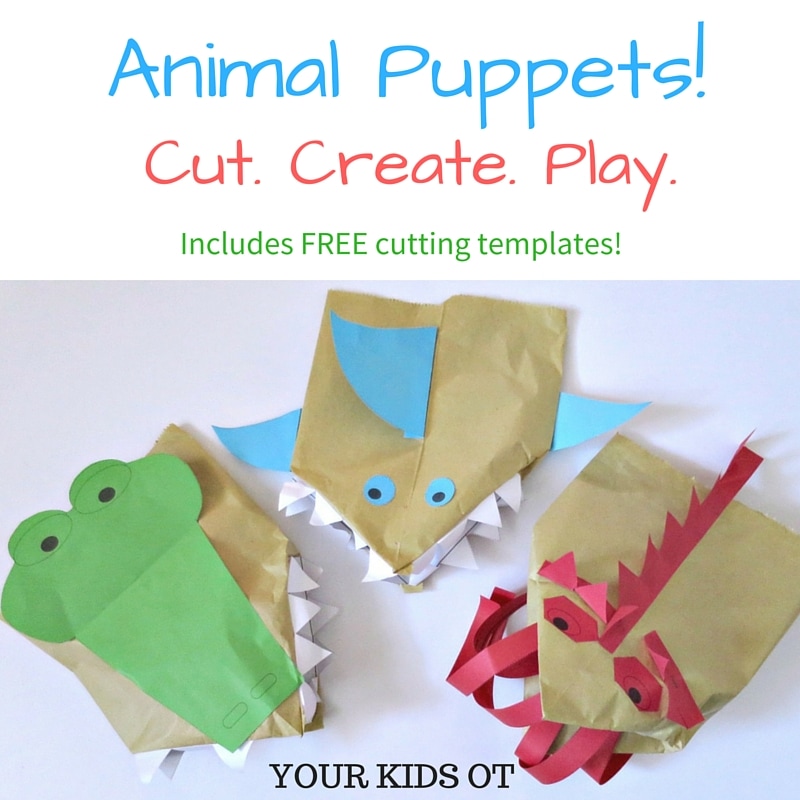
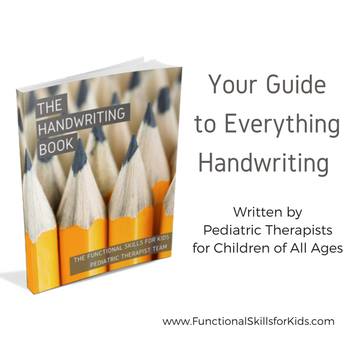

 RSS Feed
RSS Feed
